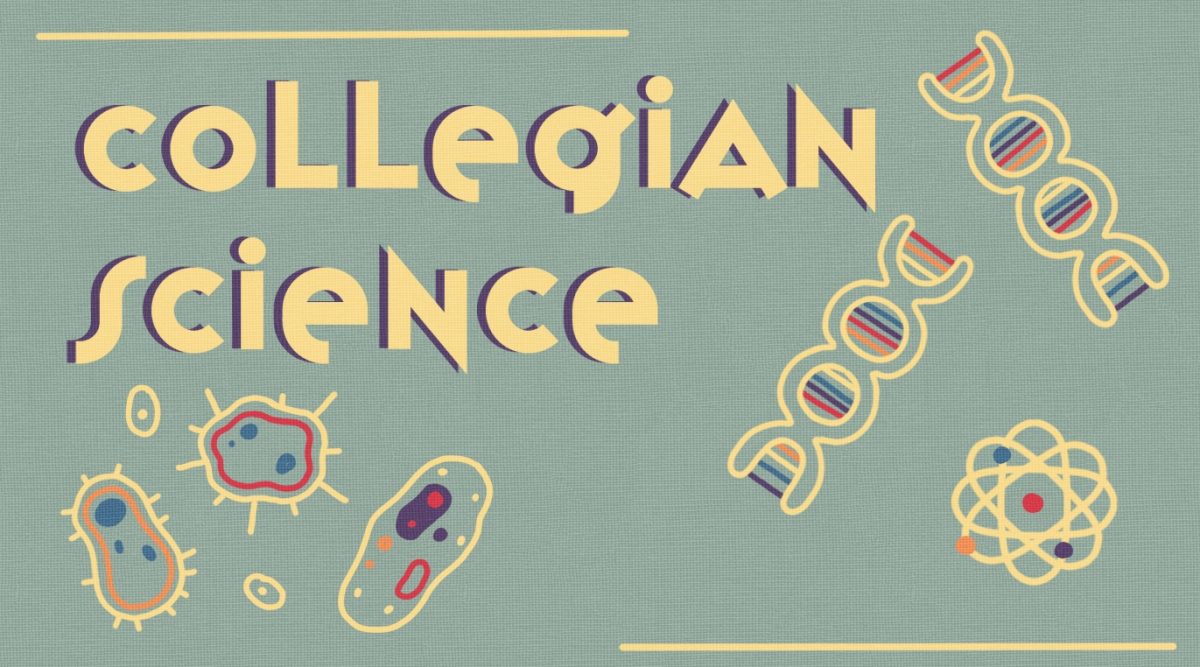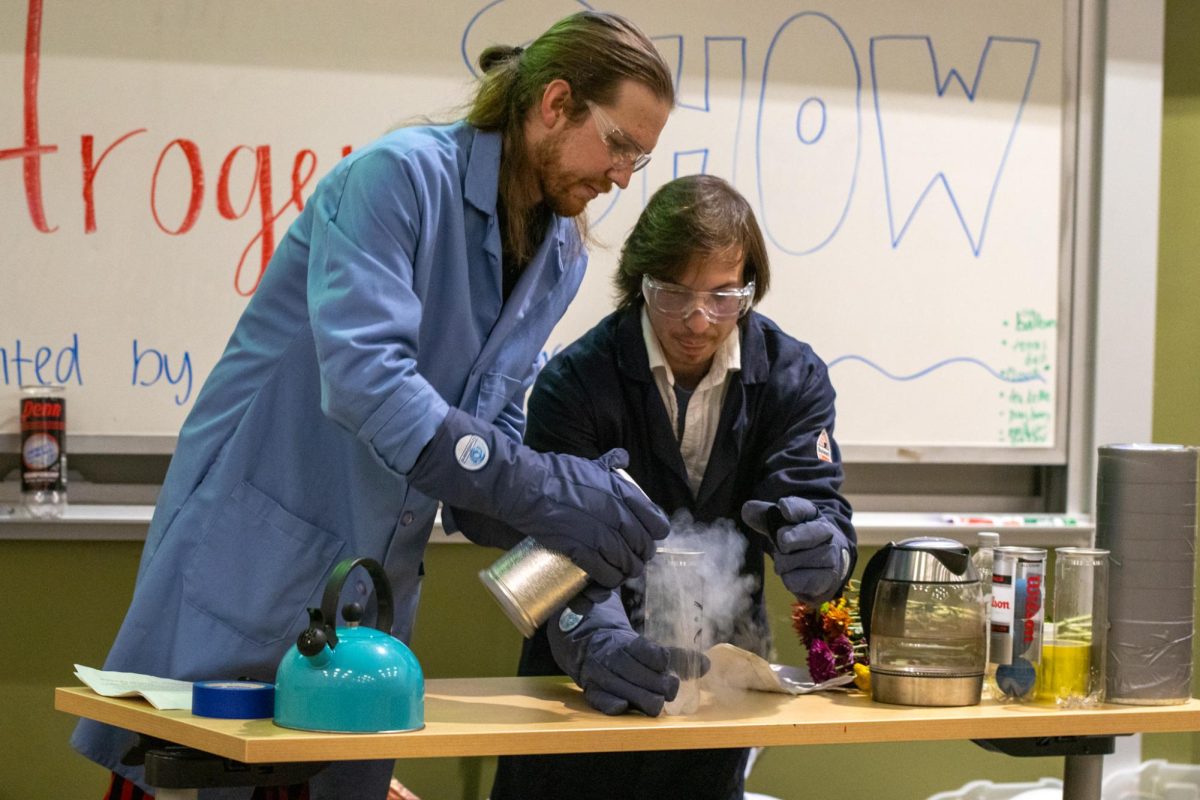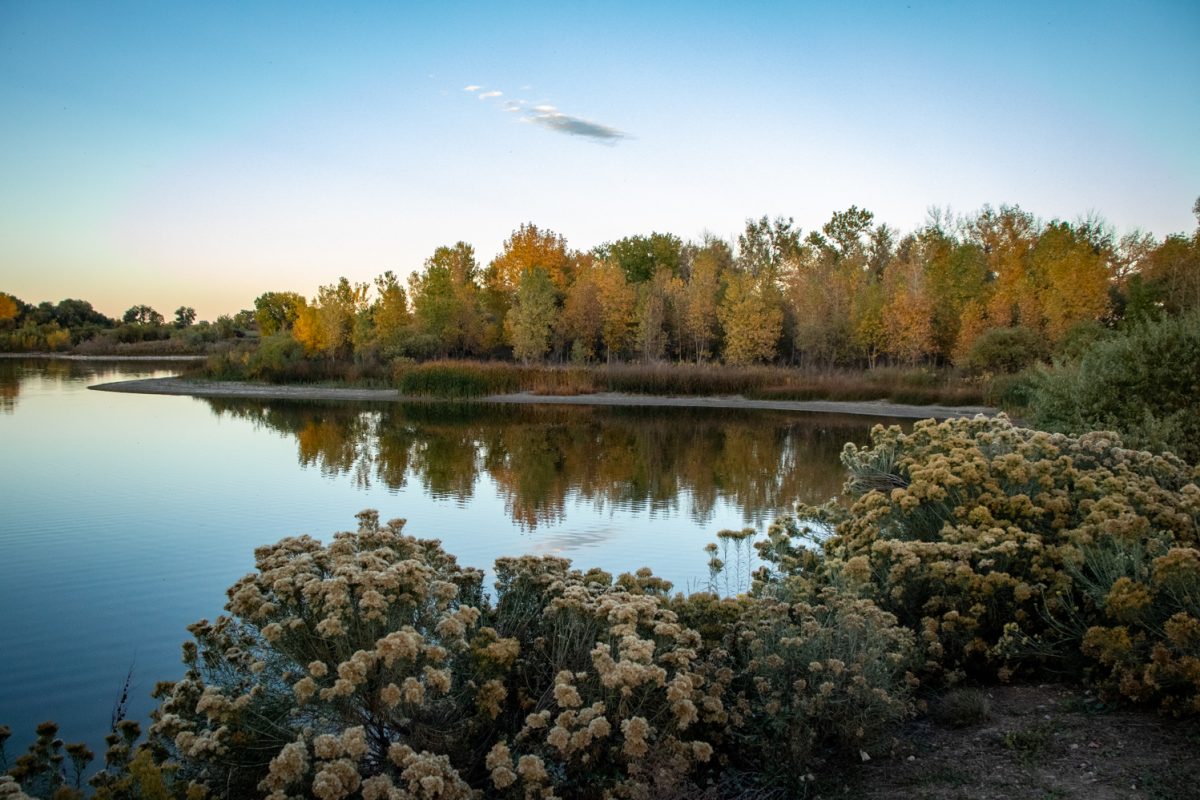In a natural environment full of growing instability, scientific breakthroughs and further inventions are more critical now than ever. Here are six recent scientific breakthroughs and projects made on Colorado State University soil, all centered on the natural world we inhabit.
1. Colorado wildfires have increased in frequency, size over past 30 years
Over the past 30 years, wildfires across Colorado have increased in size and frequency according to recent findings from CSU’s Regional Economic Development Institute. Thomas Gifford, one of the report’s authors and an environmental economics doctoral candidate, measured the trend’s occurrence, particularly in the past decade.
Gifford measured wildfire activity across the state from 1990 to 2023 by utilizing data from the National Interagency Fire Center. The report notes a growing trend in scale and destructiveness of wildfires in Colorado while also measuring policy, economic implications and the resulting budgetary constraints that have previously occurred.
Most notably, the top 1% of Colorado’s wildfires since 1990 burned almost 50% of already incinerated acreage. Additionally, out of 10 of the largest fires in Colorado history, eight have occurred in the last 13 years, with three occurring just in 2020.
2. More accurate predictions of cascading land surface hazards
In a world of increasingly daunting weather incidents, the ability to predict events following the main catastrophe is of growing importance. Coined “cascading hazards“ by scientists, the term refers to the increased probability or risk of a secondary major weather event occurring after the first event.
Sean Gallen, associate professor of geosciences, has collaborated with dozens of fellow researchers to develop a new framework to predict and forecast the chain reactions of hazards across a variety of natural landscapes. Their findings, published June 26 in the journal Science, aim to provide an avenue to help communities threatened by cascading hazards develop actionable plans to better prepare for future events.
3. Wildlife showcases range of responses to people in national parks
Attracting almost 332 million visitors in 2024, U.S. National Parks offer an opportunity for people and animals to encounter and view one another, fully unobstructed. A recent study in the Proceedings of the Royal Society B found that the presence of humans and infrastructure in national parks has lasting impacts on the behavior of large animals that inhabit the land.
A team of researchers, including CSU postdoctoral fellow Forest Hayes, tracked 229 animals, including mountain lions, gray wolves and bighorn sheep, across 14 national parks through GPS collars from 2019-20. The team tracked the animals’ migration patterns, noting how they often avoided human infrastructure like trails, roads and campgrounds.
Additionally, the team observed animals traveling into more developed areas during the COVID-19 lockdown, when the number of visits to the parks dropped sharply.
4. Artificial beaver dams benefit water quality
A collaborative team of researchers from CSU’s College of Agricultural Sciences, the U.S. Forest Service and the nonprofit Coalition for the Poudre River Watershed recently measured the positive effects on water quality in the Cache la Poudre River Watershed following the installation of artificial beaver dams.
The team, led by soil and crop sciences doctoral student Tim Fegel, installed dozens of artificial dams in the area decimated by the Cameron Peak fire in 2020, which burned over 208,000 acres and became the largest wildfire in state history. The “post-assisted log structure” worked to slow down the water flow while creating new wetlands. The formation of new pools is capable of reducing the amount of sediment flowing downstream, which purifies standing drinking water and removes unwanted nutrients.
While the team’s long-term efforts have yet to be measured, they are hoping the continual presence of the structures may attract beavers to migrate back to the area. The mammals may then be able to maintain the structures over time.
5. Army Corps partnership seeks to improve groundwater modeling systems
A partnership between CSU’s department of civil and environmental engineering and the Army Corps of Engineers is hoping to connect satellite-based datasets with models to better understand groundwater resources available across the planet.
The five-year project, led by associate professor Ryan Smith, will study eight watersheds and their underlying aquifers, which geographically span across multiple countries. By using interferometric synthetic aperture radar, the team is able to measure groundwater depletion with an accuracy of above or below five millimeters.
6. Engagement outcomes of Colorado wolf reintroduction
A new study, originally published in Conservation Science and Practice, measured some improvement in social acceptance and engagement of Colorado’s wolf restoration and management plan.
CSU’s Warner College of Natural Resources, Colorado Parks and Wildlife and the University of California, Berkeley collaborated on the study, in which they examined whether the stakeholder and public engagement process of Colorado’s wolf restoration program affected social outcomes over time.
The study stalked changes in knowledge, trust in decision-makers and separated indicators of social conflict across three groups: stakeholders directly involved in the advisory group, stakeholders involved in other ways and the general public.
Results suggested that while some improvement in social outcomes over the wolf reintroduction process have occurred, the increase may only be from an increase in knowledge and acceptance of management techniques over time, such as livestock loss.
Reach Katie Fisher at science@collegian.com or on social media @CSUCollegian.













